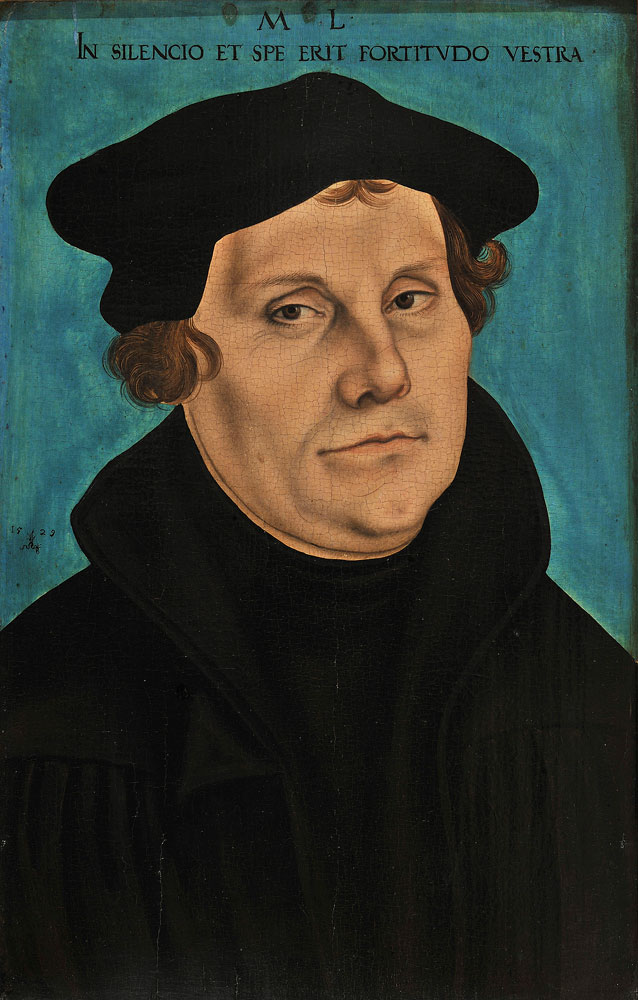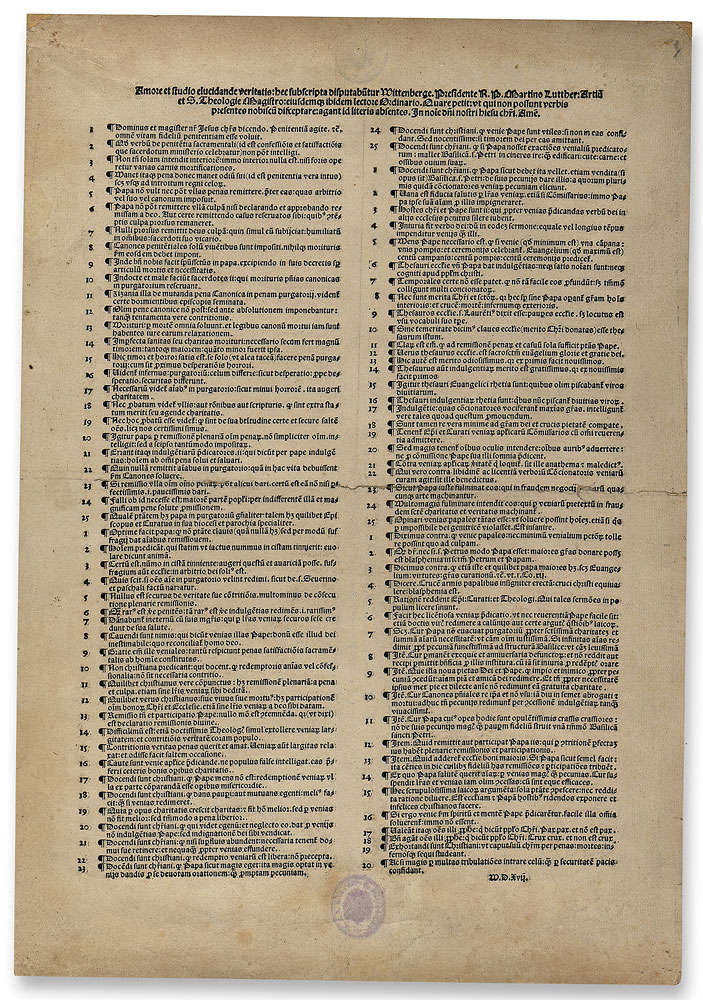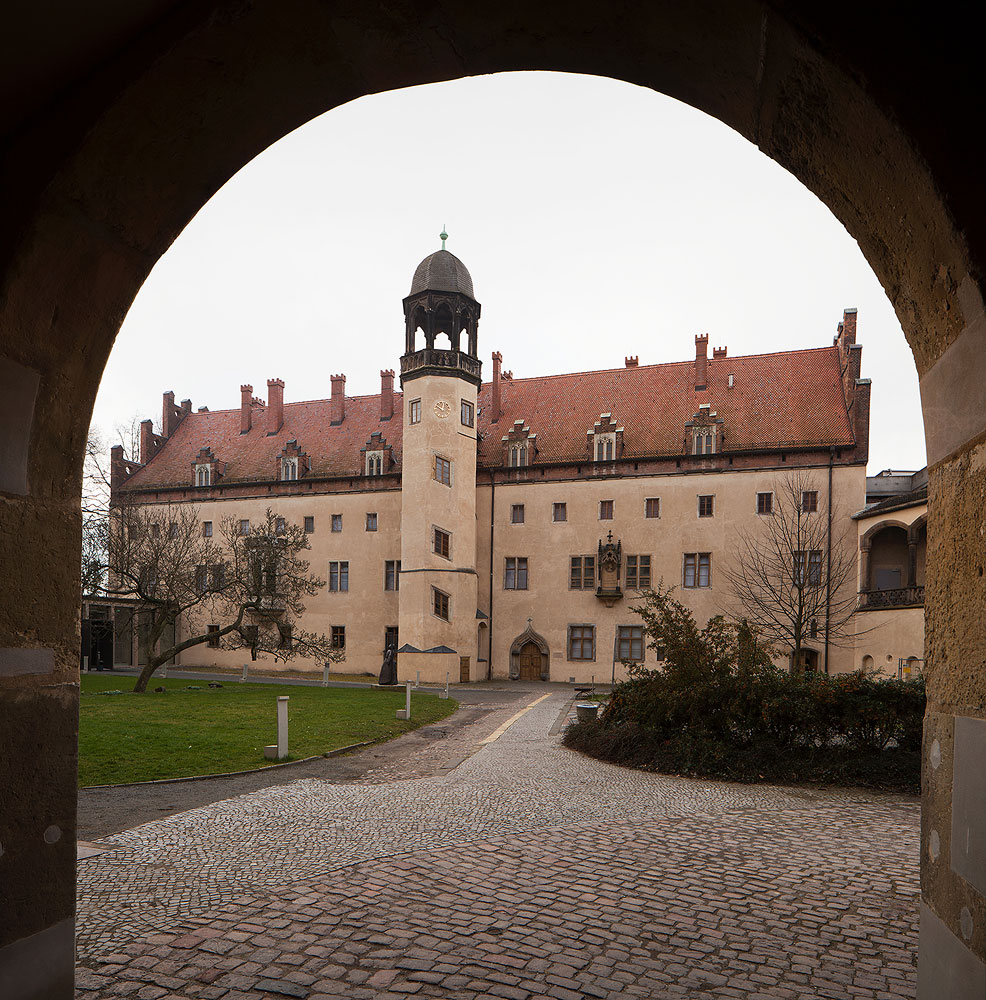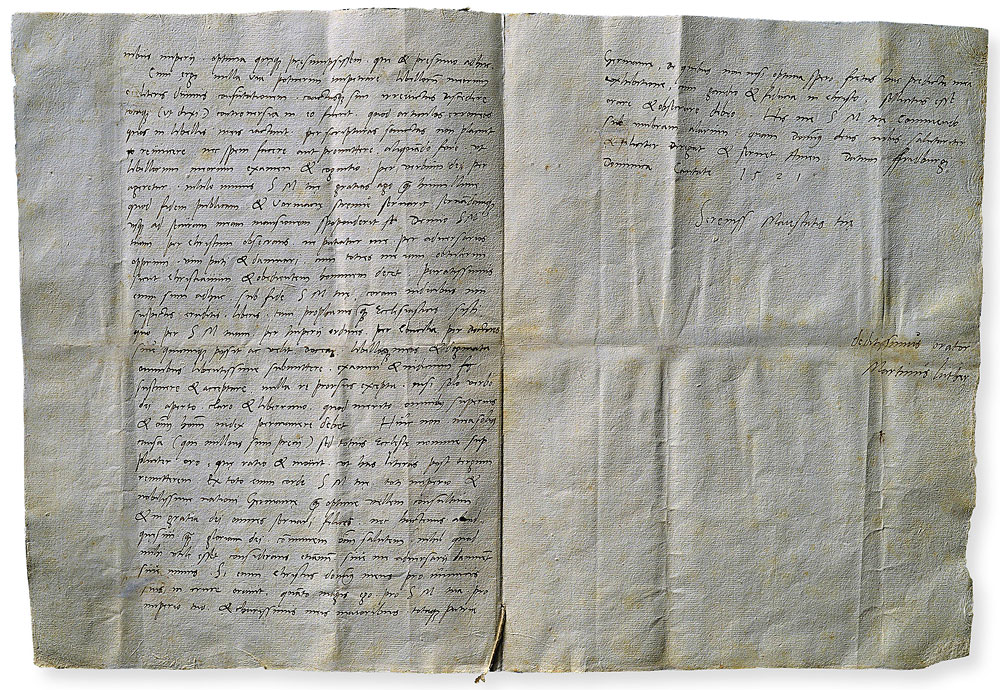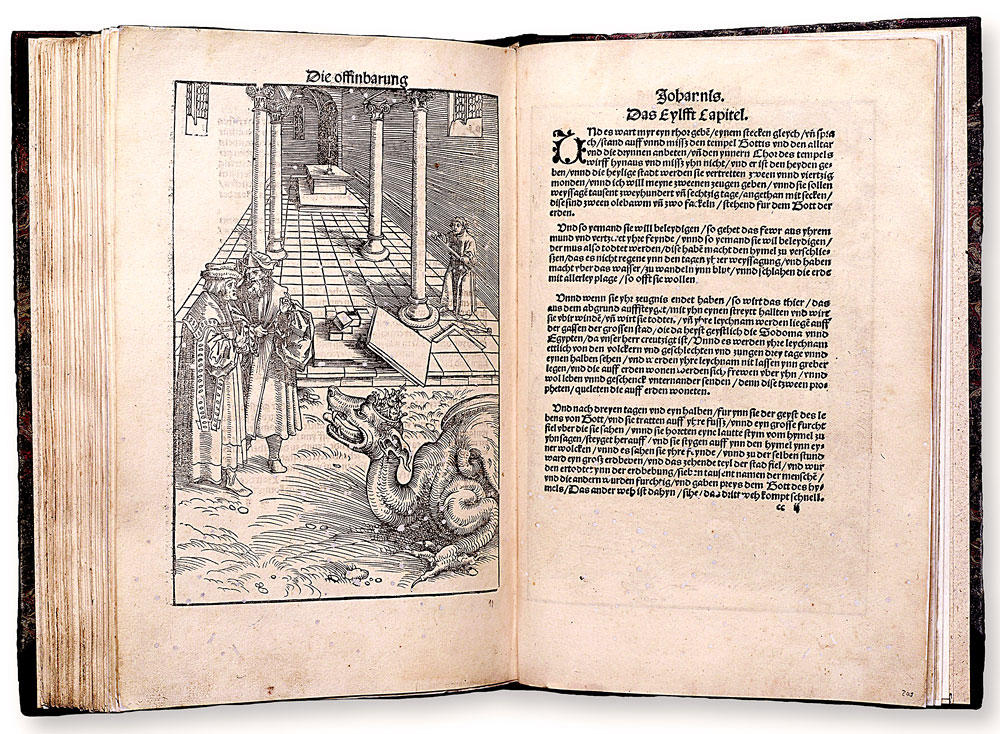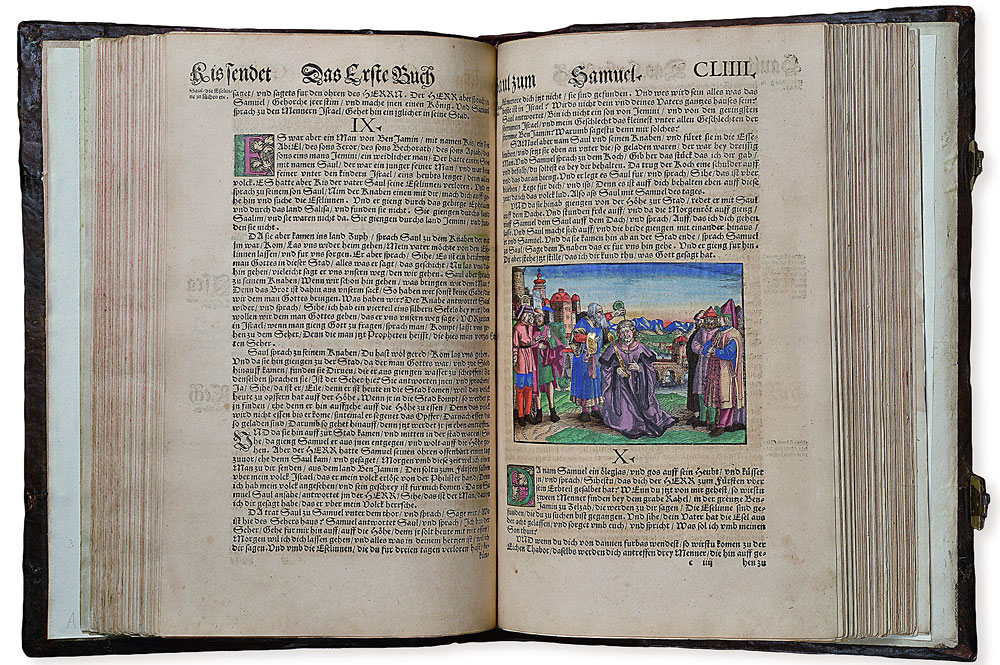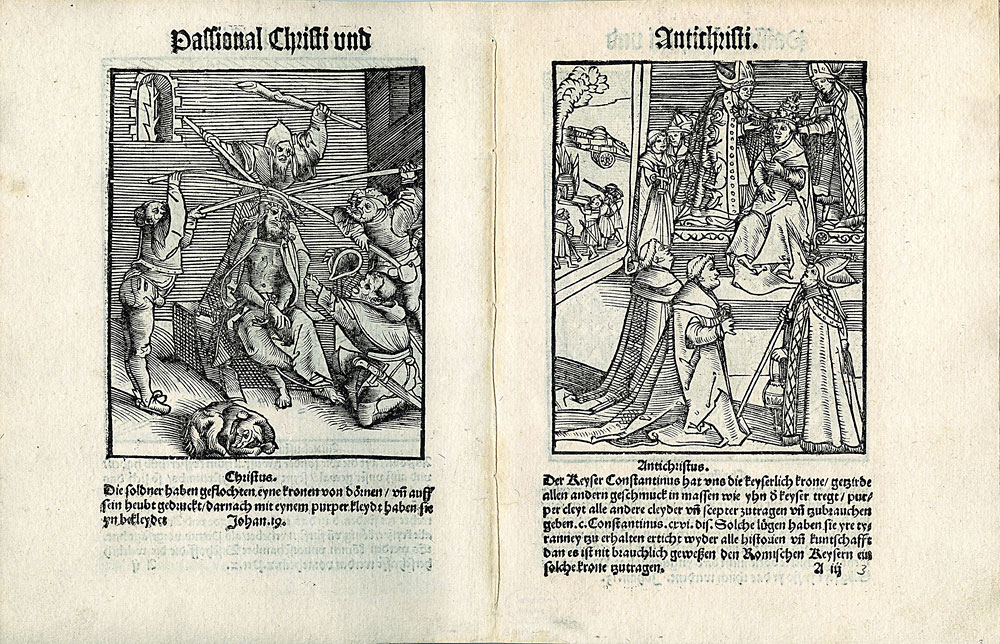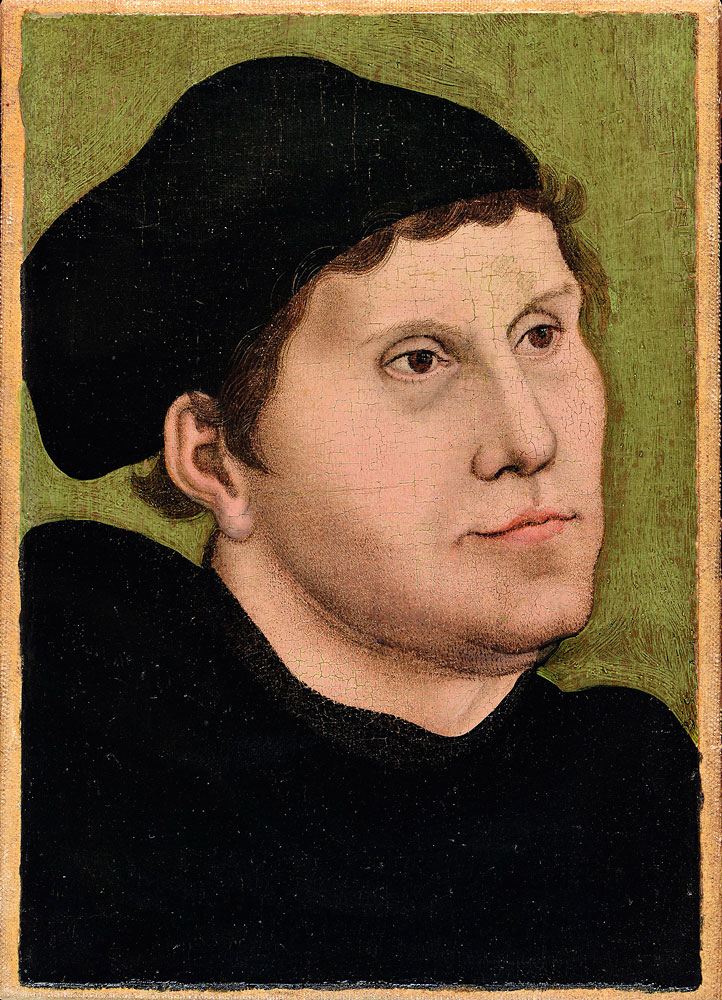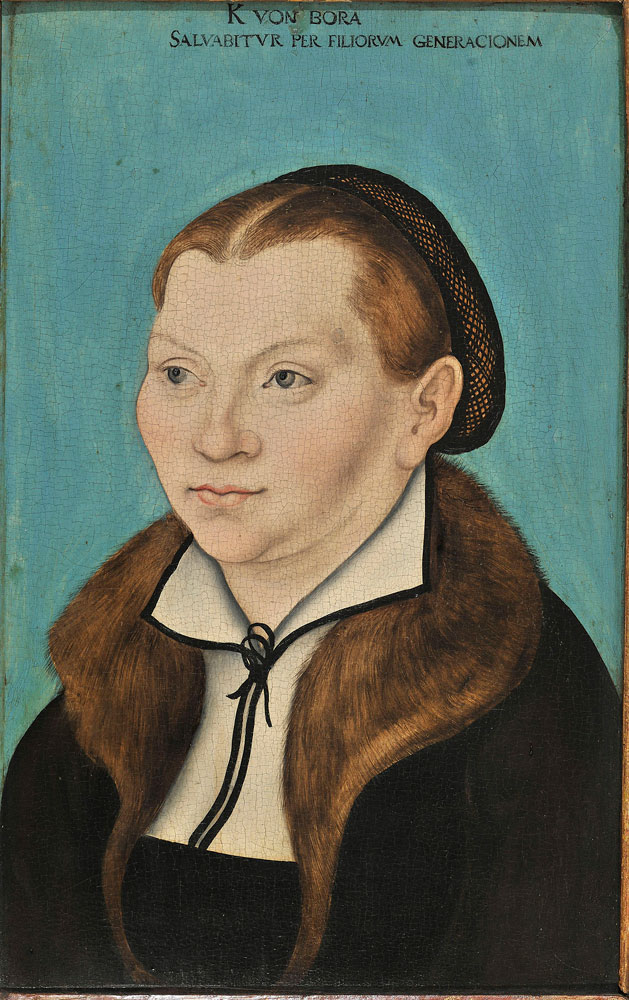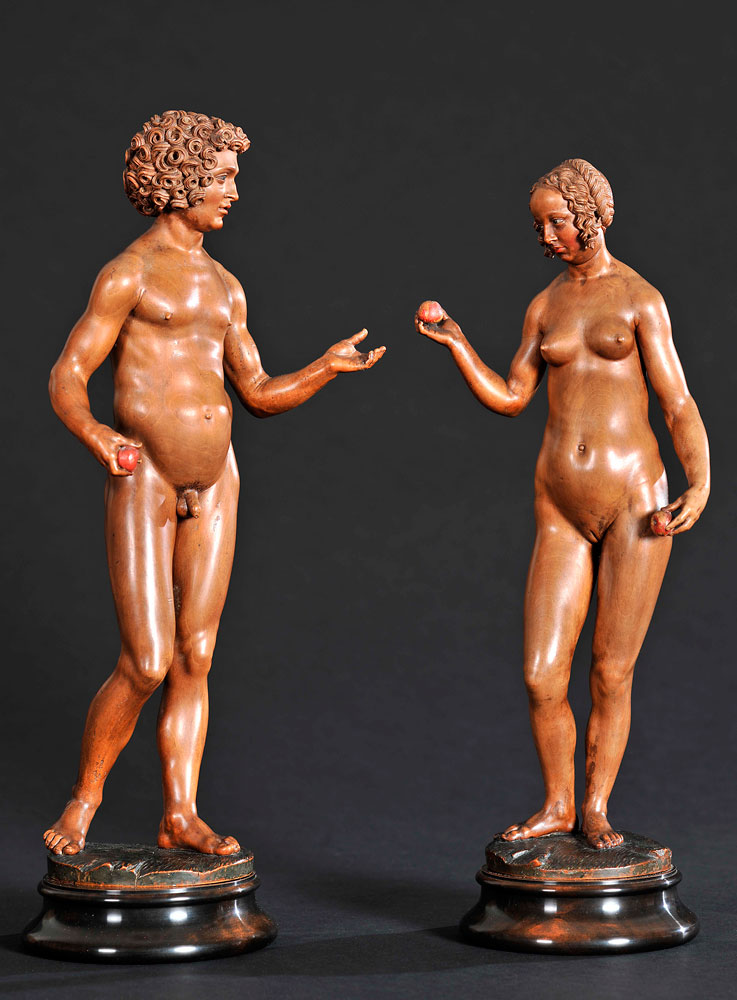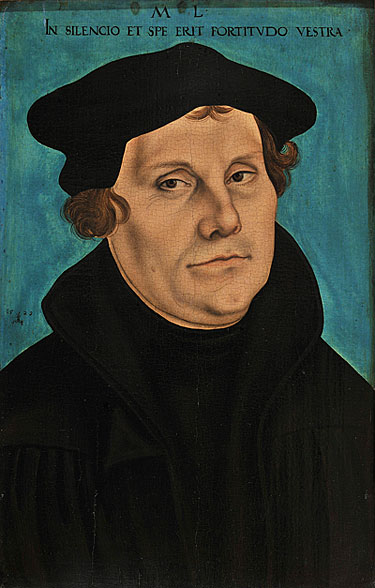
Five hundred years ago a monk in a backwater town at the edge of Germany took on the most powerful men in Europe—the Holy Roman Emperor and the Pope—and he won.
Martin Luther’s Reformation ranks among the most successful religious movements in history, altering western society and culture forever, and was a testament to his creative use of communications, notably rapidly evolving print technology, to promote his views. To mark the historic anniversary of Luther posting the Ninety-Five Theses to the church door in Wittenberg in 1517, Word and Image: Martin Luther’s Reformation explores the evolution of his movement and its triumphant propagation in text and art.
Word and Image includes more than ninety objects, highlighted by one of the six existing printed copies of the Ninety-Five Theses, and nearly forty paintings, prints, and drawings by the celebrated German Renaissance artist Lucas Cranach the Elder. Also on view will be Luther’s manuscript draft of his famous Old Testament translation, sculptor Conrad Meit’s exquisite statues of Adam and Eve, and over thirty of Luther’s most important publications. The majority of the works in the show are loans from German museums and have never before been exhibited in the United States.
Explore the English translation of Luther's Ninety-Five Theses »
See an introduction to the themes and major highlights of the exhibition »
Word and Image: Martin Luther's Reformation is made possible with the support of the Foreign Office of the Federal Republic of Germany and under the patronage of Federal Foreign Minister Dr. Frank-Walter Steinmeier within the framework of the Luther Decade in cooperation with the Luther Memorials Foundation of Saxony-Anhalt, the Deutsches Historisches Museum, Berlin, and the Foundation Schloss Friedenstein Gotha, under the leadership of the State Museum of Prehistory, Halle, and in coordination with the Morgan Library & Museum, New York.
It is also made possible with generous support from the Johansson Family Foundation and Kurt F. Viermetz, Munich, and assistance from the Arnhold Foundation.

Lucas Cranach the Elder, Martin Luther, 1529. Oil on panel. 41.9 x 28.5 cm. Gotha, Stiftung Schloss Friedenstein.

